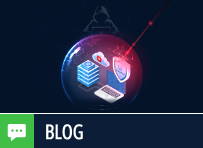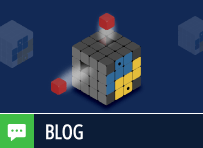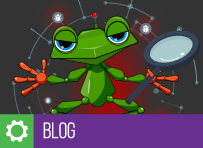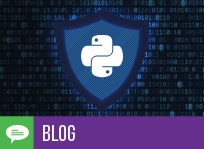Chaotic Deputy: Critical vulnerabilities in Chaos Mesh lead to Kubernetes cluster takeover
JFrog Security Research recently discovered and disclosed multiple CVEs in the highly popular Chaos engineering platform – Chaos-Mesh. The discovered CVEs, which we’ve named Chaotic Deputy are CVE-2025-59358, CVE-2025-59360, CVE-2025-59361 and CVE-2025-59359. The last three Chaotic Deputy CVEs are critical severity (CVSS 9.8) vulnerabilities which can be easily exploited by in-cluster attackers to run arbitrary …








